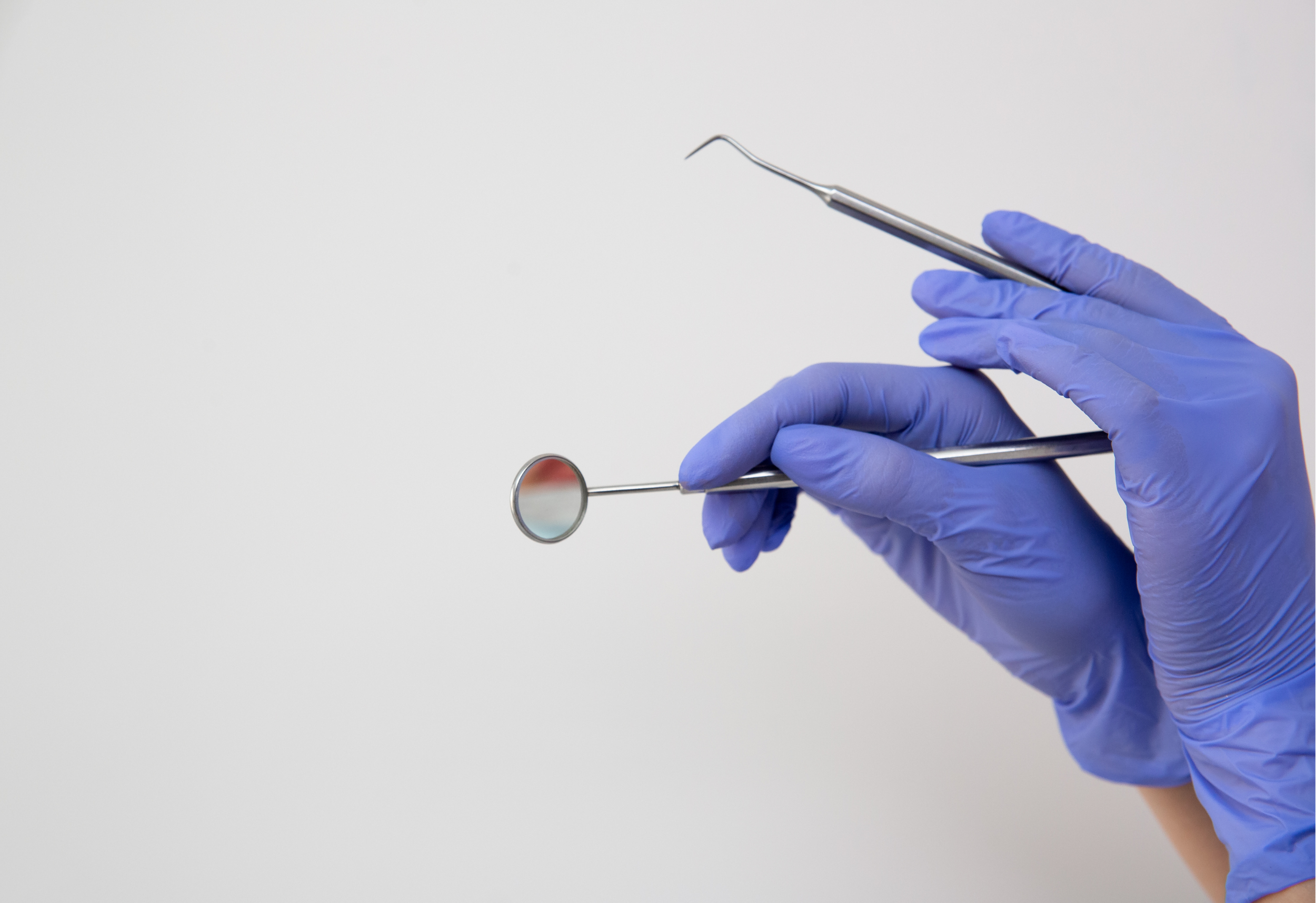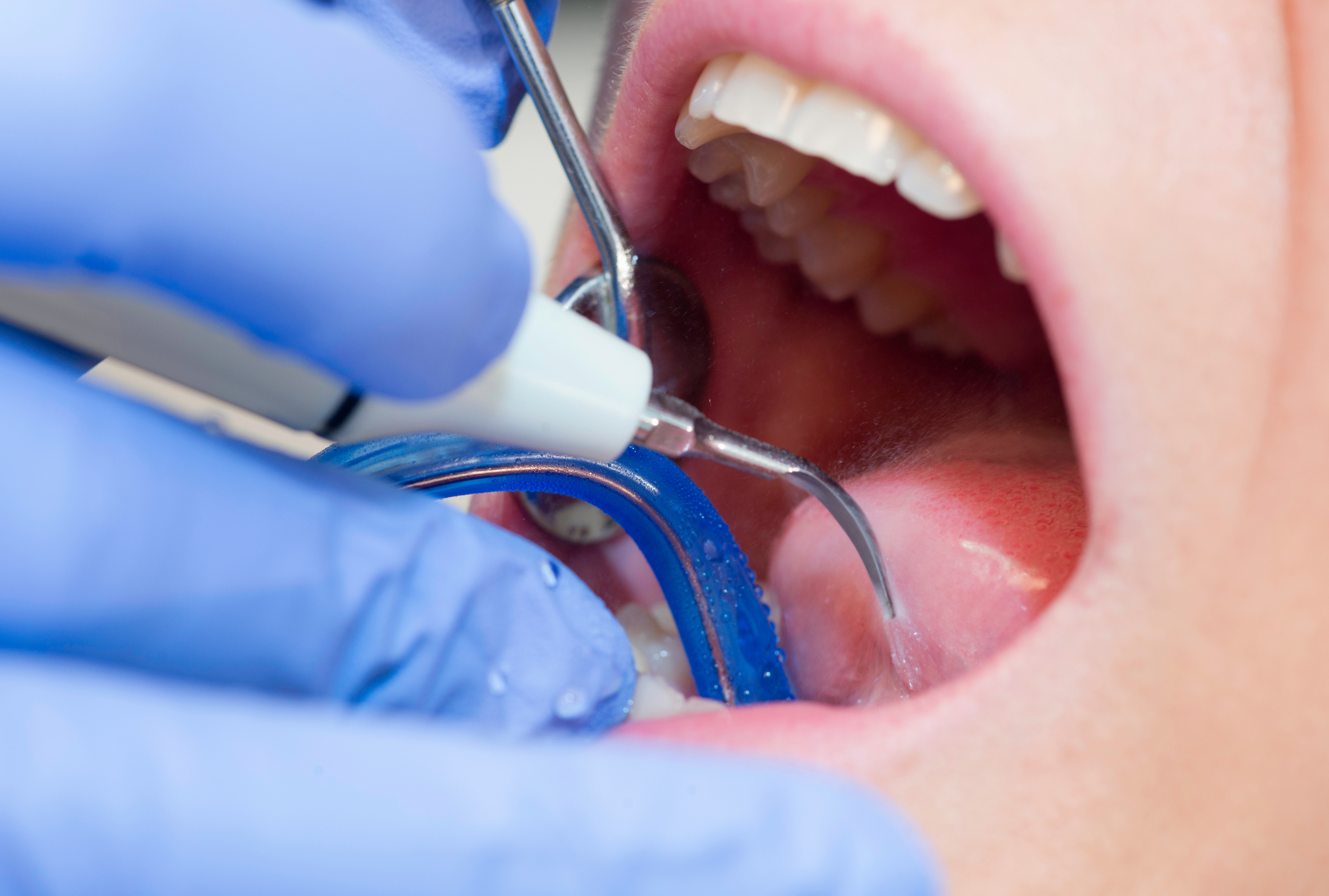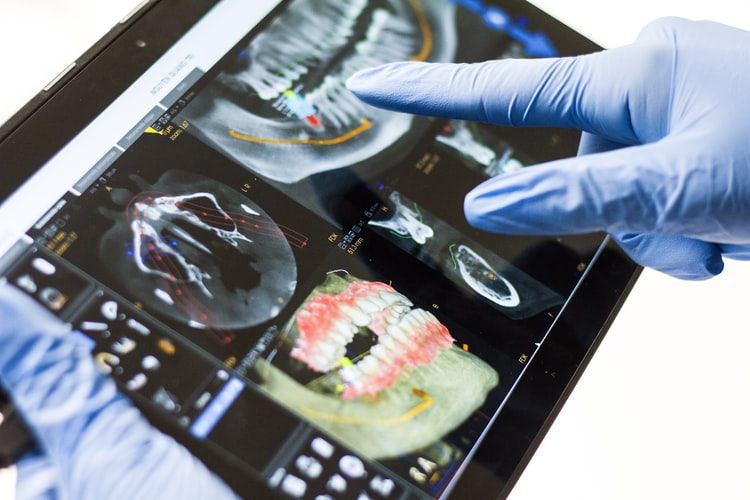
Osmijeh je često prvo što drugi primijete na nama. Osim estetske uloge, zdravlje zubi i usne šupljine ima velik utjecaj i na opće zdravlje organizma. Ipak, mnogi posjete stomatologa tek...

Osmijeh je često prvo što drugi primijete na nama. Osim estetske uloge, zdravlje zubi i usne šupljine ima velik utjecaj i na opće zdravlje organizma. Ipak, mnogi posjete stomatologa tek...

Endodoncija je grana stomatologije koja se bavi prevencijom, dijagnostikom i liječenjem anomalija unutar pulpe ili korijena. Zubna pulpa (živac) se nalazi unutar kanala, koji se nalazi u svakom korijenu zuba....

Endodoncija, poznatija kao liječenje zubnog živca, ključna je grana stomatologije kojom se spašava zub od vađenja. Zahvatom se uklanja upaljena ili inficirana zubna pulpa („živac“) te čiste i pune korijenski...

Mi smo tim stručnjaka s kojima se uvijek možete dogovoriti oko svih detalja kako biste dobili najbolji tretman u vrijeme koje vama najviše odgovara.